It’s 17th Century England. You’re a wealthy landowner with a property portfolio to shame any modern-day millionaire. Your house is a symbol of your wealth. Its whole design has one objective – to show-off your accumulated riches and demonstrate your personal success. Entertaining in such lavish surroundings could provide further business opportunities. It attracted other rich people to your house, opened doors for political favours and potentially secured the longevity of your family name. There is a ballroom, drawing room, 20 bedrooms for guests – each one dripping in exquisite decoration, adorned with the finest furniture and rare artefacts collected from around the world.
However, during this time of Empire, it was not uncommon to find such a house (just look at the National Trust listings on their website). Who, in today’s world would be considered a ‘multi-millionaire’, were common place and found in almost every town and village throughout the country. There were no YouTubers, no Tatler magazine and no Sunday Times ‘rich list’. Bugatti and Ferrari were nothing more than a family name. So how could you REALLY stand out from the crowd? How do you spend your money in a way that demonstrates just how rich and influential you really are?
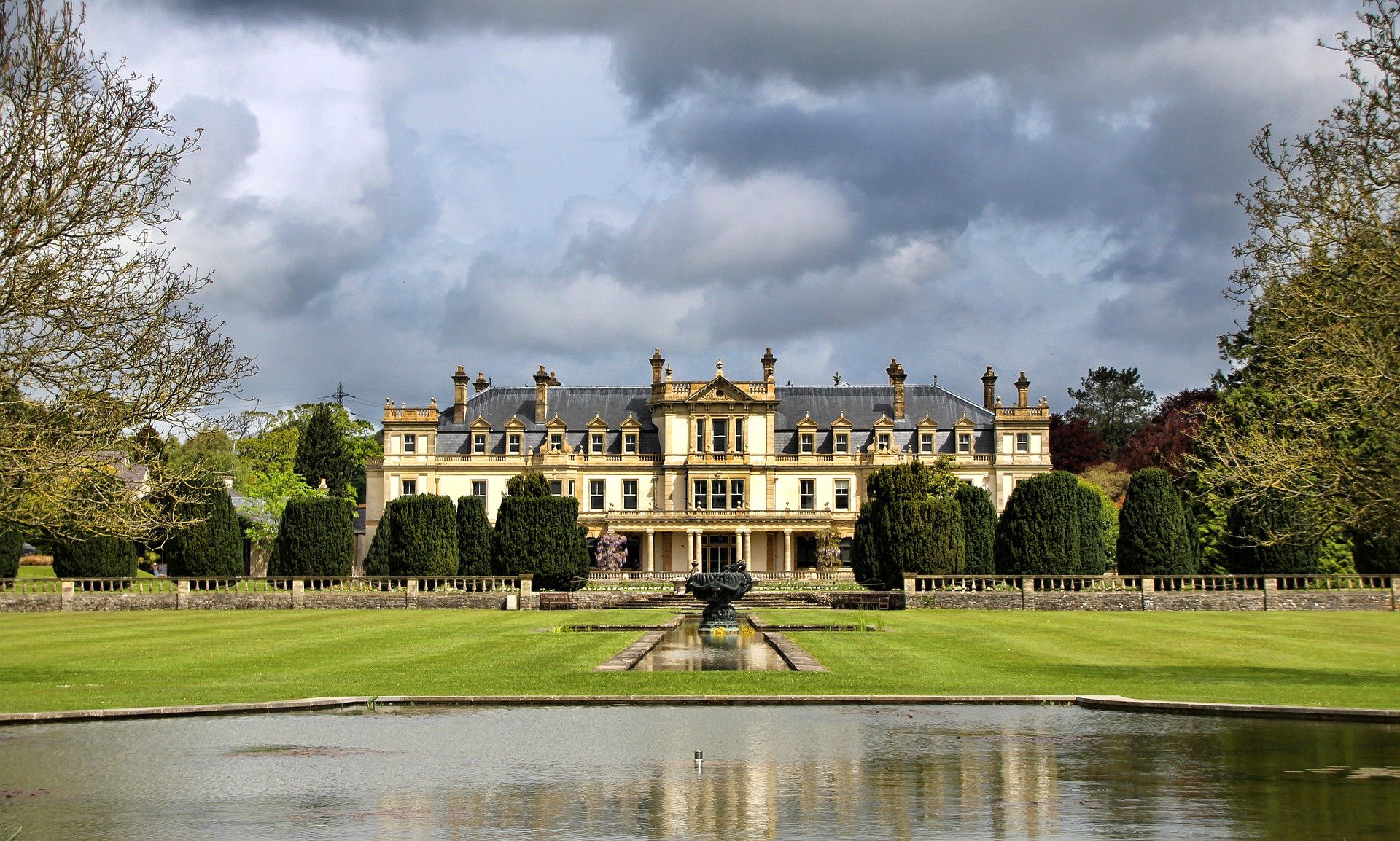
Lawn – the ultimate status symbol of the rich and famous
Up until this period, the vast areas of land owned was either farm or forest. Even the land surrounding the country home was likely maintained by sheep. The grass was kept short so as to provide an uninterrupted view – to provide light into the windows and to improve visibility of anyone approaching the house.
The cutting and cultivating of a lawn from the open grassland became seen as the ultimate symbol of wealth. With no mechanised lawnmower, the only way to manicure such an area was with enormous amounts of human labour and effort – cutting the grass with scythes and weeding by hand. A green, closely cropped lawn became the ultimate status of wealth – well beyond the reach of your average millionaire. By today’s standard, landscaped gardens and a fine lawn were the equivalent of a super yacht or private island. With the new ‘tamed’ outdoor space, the wealthy enjoyed playing games on the lawn and even throwing parties outside.
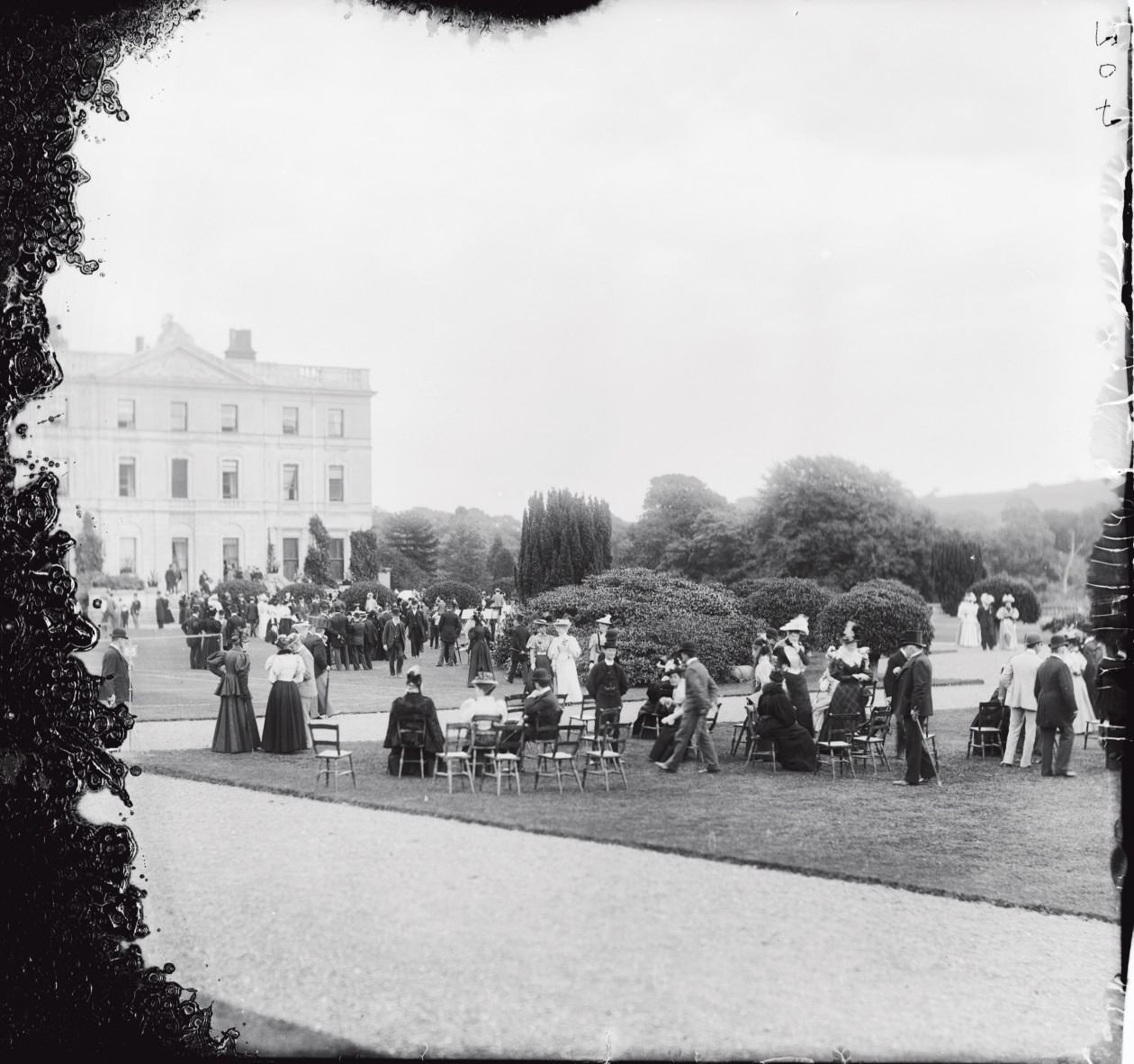
Over the decades, the inevitable ‘arms race’ ensued, with lawns and gardens becoming more elaborate, more expensive and more exquisite in their detail as rich families tried to out spend each other. By the 19th Century, symmetry and neatness had become the fashion. There was a desire to have order to nature or at least to appear to have. Flowers were planted in rows, geometrical and symmetrical beds and paths were cut into the landscape. The more uniformed the garden – the more money that had been spent on it. Heavy rollers were pulled across the lawn to flatten down any bumps or un-sightly tufts. The bi-product of this action were lawn stripes – a bi-product that perfectly fitted the clean and ordered aesthetic that was fashionable at the time.

A ‘budding’ engineer
In 1830, Edwin Beard Budding, an engineer from Gloucestershire, invented the cylinder mower. It was heavy, difficult to use and often had to be helped along by a horse fitted with leather boots (so as not to leave footprints on the lawn). His machine completed the job that had previously taken days by hand. It too had a heavy roller integrated into its design. Now, even your ‘standard’ millionaire could afford to replicate the manicured lawn without the labour bill of old. And so it was that the lawn and in particular, the striped lawn grew in popularity across Great Britain.
Roll-on to present day and, although the technology has changed, our desire for a perfectly manicured, striped lawn has not. For a Briton, perhaps it is in our DNA. As the saying goes, ‘an Englishman’s home is his castle’ and in a literal sense, perhaps in the same way we covert brass door knockers, iron gates and plaster coving – so too do we try to replicate the splendor of a fine country estate in our own, more modest back gardens. However, with that said, perhaps it’s just that a striped lawn just looks rather nice!
Cylinder and rotary mowers
Right up until the 1980s, the cylinder mower was king. There is no doubt that the cutting method, where the grass is essentially ‘snipped’ like it was cut with a pair of scissors, produces the finest finish. Grass can be cut very short and a roller will flatten the left-over grass into a neat, well-defined stripe. To this day, cylinder mowers are used to cut decorative lawns and sports grounds around the world.
However, despite their performance, there are a multitude of drawbacks in using a cylinder mower – most of which put it beyond consideration for the vast majority of homeowners. Firstly, they are highly precise pieces of equipment. They require setting up and regular sharpening of the blades. The balance of the machine is critical to their performance and an experienced operator will likely tinker with the machine regularly to achieve perfection. These days, few of us have the time available nor the desire to spend all of our free time cutting the lawn.
Other than the large, professional turf and golf-course equipment, there have been few cylinder mower ride-on options. The cylinders are expensive to manufacture in the larger width required and there would be a safety concern in a home garden. As you would imagine, it would be difficult to provide suitable guards that ensured the safety of pets and small children.
In contrast, the rotary mower overcomes a lot of these problems. It may not have the finesse and ‘snippity snip’ of a cylinder mower, but it is much more practical. A rotary relies on one or more spinning blades, mounted parallel to the ground. They essentially chop the grass within an enclosed cutting chamber (usually called the cutting deck). Depending on how the deck is configured, the grass is either kept in the chamber to be cut multiple times (mulching), ejected through a slot at the back of the chamber (rear discharge) or thrown out of a slot at the side (side discharge). There are pros and cons for all of these methods.
Rotary cutter decks are more simple to use. They require less maintenance and are perfectly suited for use on a ride-on lawnmower. Theoretically, there is no upper size limit – just add more blades within the deck. The compromise though is with regards to finish – the term used to describe the overall look of the lawn after it’s been cut.
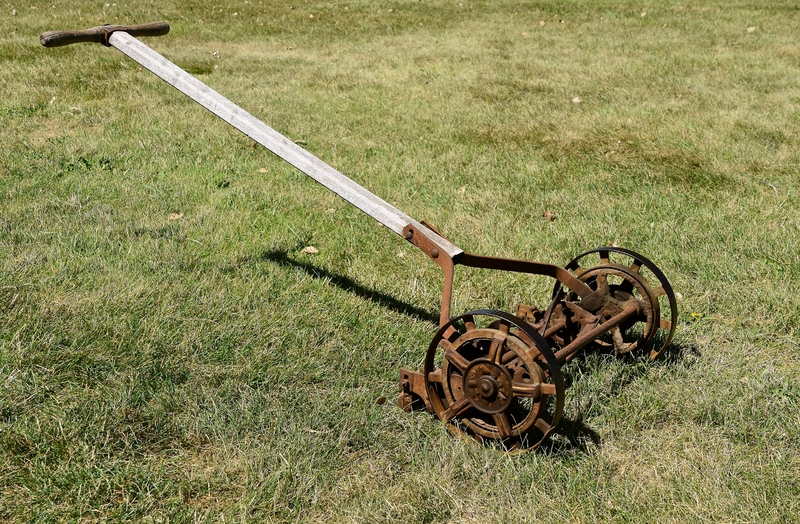
Whereas the cylinder mower can cut low, with little risk of scalping your lawn (where the blade has cut too low and removed the grass all together), a rotary mower is not so precise. Any undulation in the ground could mean that the lawn is scalped if the blades are set too low. Most machines also rely on a system to suck up the clippings once cut. This relies on creating a lot of air movement within the deck – essentially the blades have to act as fans as well as cutting blades. The clippings are then sent up through a chute behind the cutter deck and into a hopper. As a rule, without specialist attachments (such as a lawn striping kit), direct collect ride-on mowers cant leave stripes on your lawn.
How a Countax stripes a lawn
As an owner of a Countax, you already know that your machine can stripe a lawn. There are three elements within a Countax that work together to make this possible. Firstly, the XRD or IBS cutter deck works in a different way to most of our competitors. The blades within the deck just need to cut the grass. Because our collection system is mechanical, there is no need for the blades to be working so hard to disturb the air – typically, a Countax deck can cut lower than many of our competitors. Secondly, the rotating brush found in the PGC and PGC+ ‘sweeps’ the ground directly behind the cutter. This action gently combs all the individual grass blades into the upright position.
Because the Countax PGC is independent to the tractor, it rests on the ground rather than being suspended in the air. Rather than using jockey wheels, we integrated a lawn roller into the unit. The third operation therefore is the rolling flat of freshly cut grass after it’s been swept.
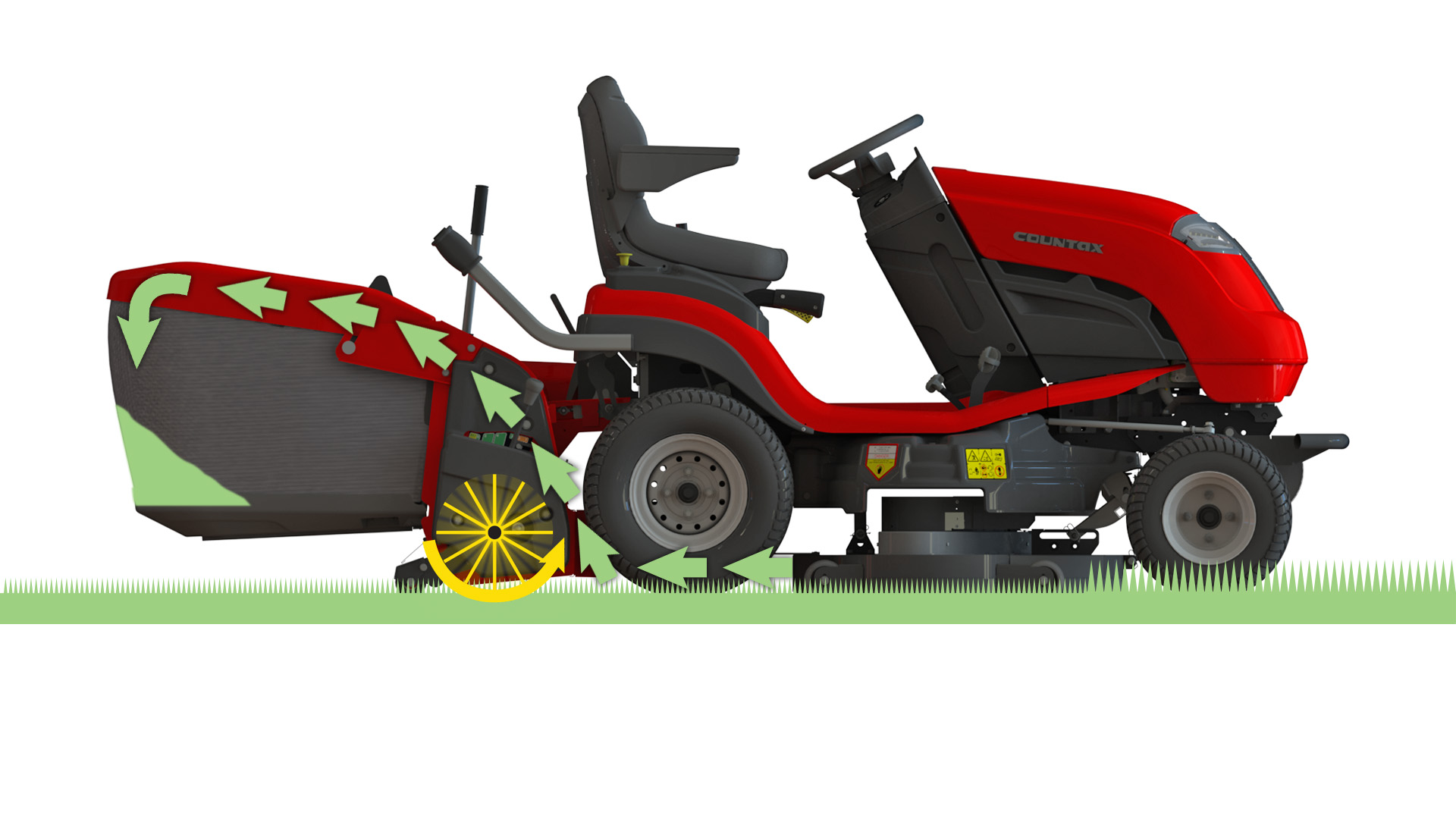
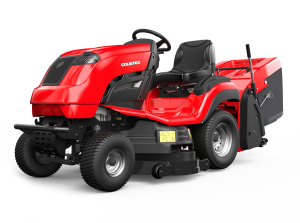 C Series
C Series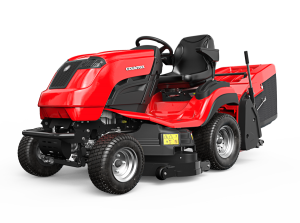 B Series 4WD
B Series 4WD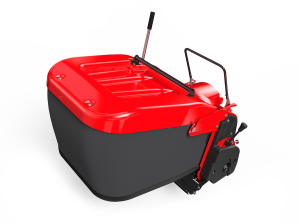 Accessories
Accessories
